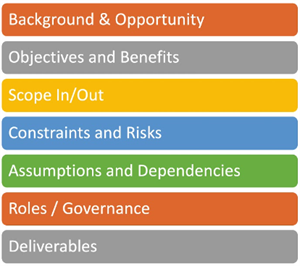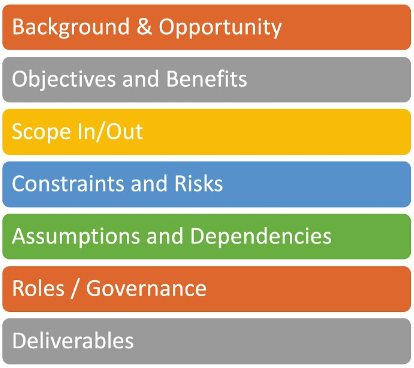What is the BOSCARD method

BOSCARD is a strategic planning tool that can be used in project management to help ensure that projects are aligned with the organization's goals and objectives. BOSCARD stands for Background, Objectives, Scope, Constraints, Assumptions, Risks, and Deliverables.

Here are the pros and cons of each component of BOSCARD:
- Background: Provides a summary of the project's background and context.
Pros: Helps ensure that everyone involved in the project is on the same page and understands the project's goals and objectives.
Cons: Can sometimes be too detailed, making it difficult to identify key takeaways.
- Objectives: Outlines the project's objectives and what it's trying to achieve.
Pros: Ensures that everyone is working towards the same goals and helps keep the project on track.
Cons: Can sometimes be too broad, making it difficult to identify specific goals and priorities.
- Scope: Defines the project's scope, including what's included and excluded.
Pros: Helps ensure that the project stays focused and everyone is clear on what's included.
Cons: Can be too narrow, making it difficult to identify opportunities for innovation.
- Constraints: Outlines any constraints that will impact the project.
Pros: Helps everyone involved in the project to be aware of the limitations and work within them.
Cons: Can be too limiting, making it difficult to identify creative solutions to problems.
- Assumptions: Outlines any assumptions made about the project or the environment.
Pros: Helps ensure that everyone is aware of the assumptions and can adjust their thinking or approach as needed.
Cons: Can be too rigid, making it difficult to adjust to new information or changing circumstances.
- Risks: Outlines potential risks or challenges and strategies for mitigating them.
Pros: Helps ensure that the project is prepared to handle unexpected issues.
Cons: Can be too focused on worst-case scenarios, leading to unnecessary worry or anxiety.
- Deliverables: Outlines specific project deliverables.
Pros: Helps ensure that everyone is clear on what's expected and can work towards meeting those expectations.
Cons: Can be too focused on outputs rather than outcomes, making it difficult to measure the success of the project.
Overall, BOSCARD can be a useful tool for guiding strategic planning and decision-making in project management, but it's important to use it in a way that's tailored to the specific needs of the project and organization.